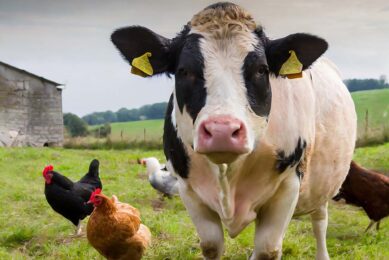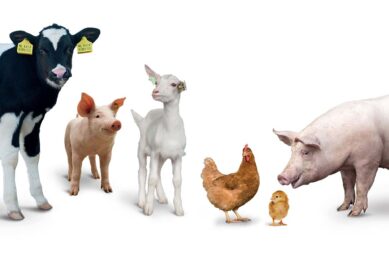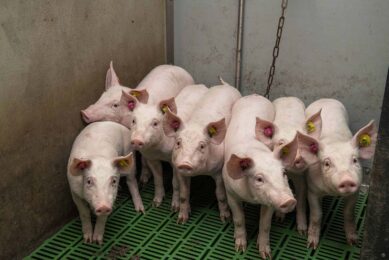New strategy to reduce antibiotics in dairy farming
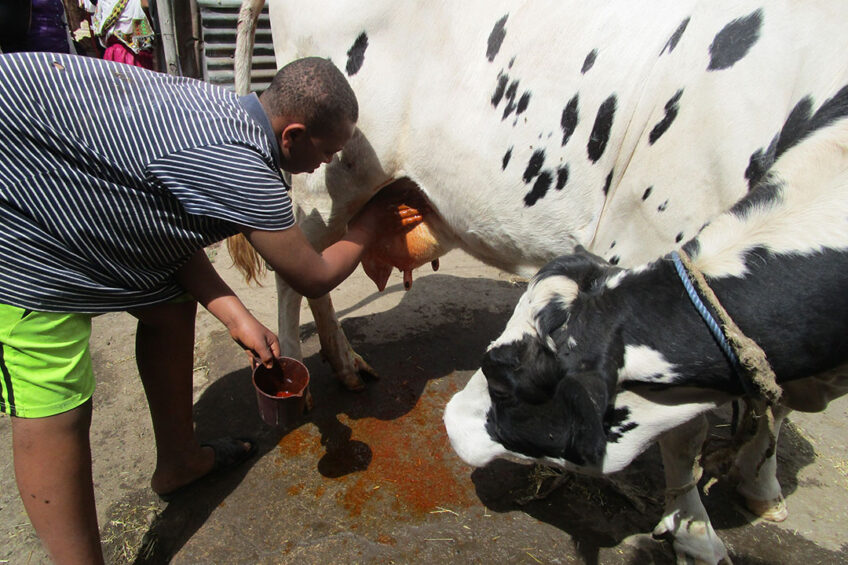
The Natural Livestock Farming Foundation has developed an effective method to support farmers reduce their use of antibiotics and other veterinary drugs, in both small and large-scale dairy systems. It is now clear that this not only improves milk quality, but also the quantity of milk, farm income, environment, and reduces antibiotic use up to 87%.
In the worldwide quest for dairy modernisation the focus on crossbreeding and productivity increase of dairy cattle has, besides enhanced milk production, also resulted in high use of agro-chemicals. The use of antibiotics for common cattle diseases, such as mastitis in cows and diarrhoea in calves, is widespread in both in smallholder and large-scale dairy farming. The residues, if not managed properly, leak into the environment affecting natural processes, biodiversity and soil life. Public health and dairy markets may also be affected due to residues in milk, especially in countries with insufficient food quality control. These processes contribute to the global threat of anti-microbial resistance (AMR).
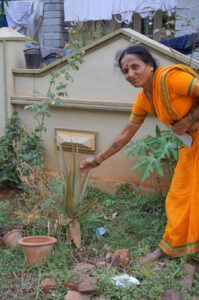
Natural Livestock Farming approach
Since 2014 farmers, livestock scientists and veterinarians from three continents (Europe, India, Africa) have joined forces under the umbrella of the Natural Livestock Farming Foundation (NLF). This international network on knowledge development for livestock health is re-valuing time-tested methods, such as use of medicinal plants and strategic use of local breeds, to be applied in a new context. NLF combines knowledge from various backgrounds, including traditional farmer knowledge, western science and Ayurveda science, as well as from smallholder and large-scale dairy farming.
NLF is working in Ethiopia, Uganda, India and the Netherlands to develop, to test and promote the NLF 5-layered approach to improve cattle health, and reduce the use of antibiotics and other chemicals (Figure 1). The NLF 5-layered strategy comprises of:
- Appropriate management of animals, farm and soils
- Strategic use of local breeds, strategic cross-breeding
- Use of herbs and other natural products
- Food quality improvement and control
- Better farm income through cost reduction and (direct) marketing strategies.
Figure 1 – NFL 5-layered approach to improve cattle health and income.
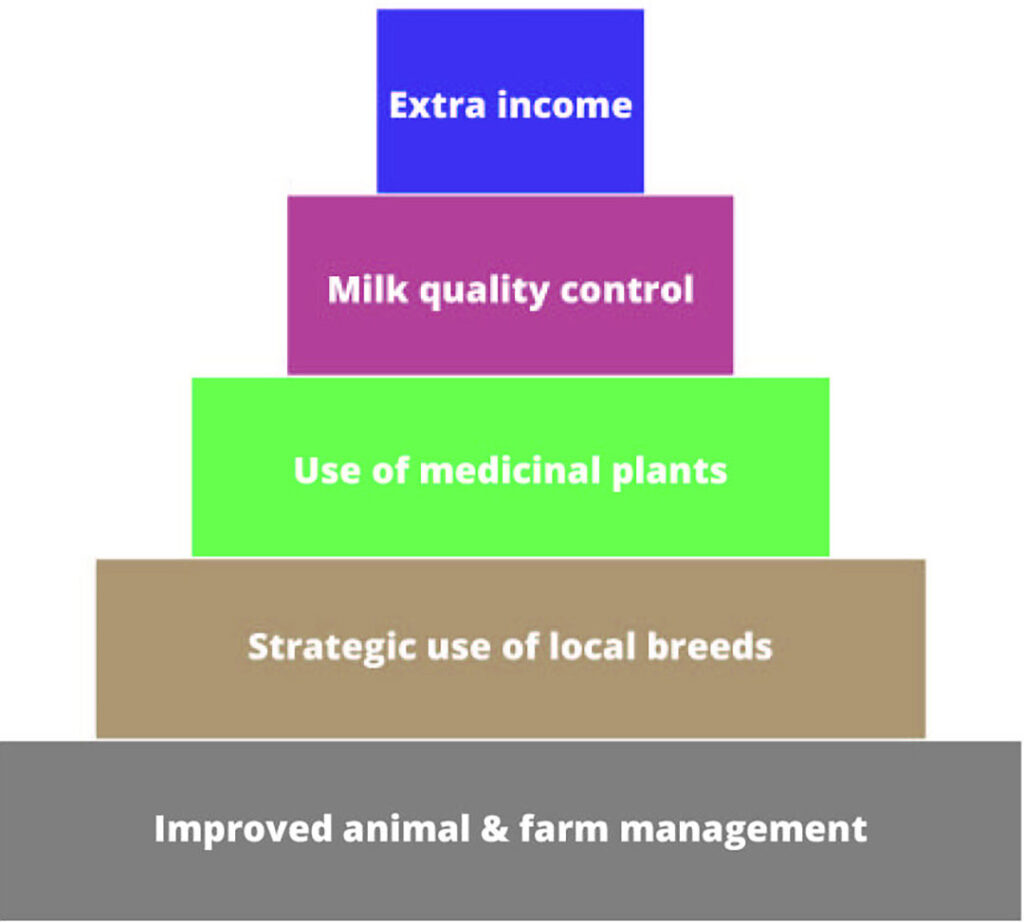
NLF core activities are action research, exchange of best practices, and training. The combination of bottom-up experimentation and international peer to peer exchange is additional to existing initiatives in the field of AMR control. This opens opportunities towards resilience that more conventional livestock development programmes fail to unlock, providing opportunity for increased farm income, better child nutrition, food safety & security, as well as improved environment.
Results in smallholder dairy system
The NLF concept is gradually being adopted, especially within countries with smallholder dairy farmers.
INDIA
The main example being India, the largest dairy producer in the world, based on 98% zero-grazing smallholder dairy farmers with 2-5 cows. Over the past decade NLF India (a collaboration between GLOHMSIWA and Trans Disciplinary University TDU) has trained a total 30,000 farmers and 2000 veterinarians on the efficient use of herbs for cattle health, also known as ethno-veterinary practices.
Since 2017 the method is adopted by the National Dairy Development Board (NDDB), and a number of practical videos for farmers about the use of herbs for controlling common cattle diseases were produced in local languages. Through an on-line reporting system the empirical data of more than 556,000 cases of 24 bovine diseases cured with herbal medicine were recorded. An overall average cure rate of 82% was registered, as well as an 87% reduction of antibiotic use within 2 years after the training. This leads to an average of 72% cost reduction for 7 main cattle diseases compared to conventional treatment. The programme is expected to reach around 70 million farmers in the coming years.
ETHIOPIA
Between 2018-2020 NLF in Ethiopia (headed by Ethiopian Society of Animal Production ESAP), implemented an action research based on the NLF approach. This project combined activities at laboratory level and field level in two zero-grazing smallholder dairy communities. Experts from NLF India headed a training course on the use of medicinal plants (mainly kitchen herbs), while organisations collaborating with NLF Netherlands guided training on laboratory skills and calf management.
In 2 years, the approach has shown significant improvement in milk quality (8% antibiotic residue reduction) and quantity (over 50% increase), farm income (33% increase), while calf mortality was reduced by 60%. Average costs for cattle health were reduced by 20%. The outcomes of this pilot will have a bearing in supporting the Ethiopian Ministry of Agriculture in improving milk quality and to scale up the strategy into various dairy programmes.
UGANDA
The initial focus of NLF in Uganda (headed by the Lake Mburo Farmers Cooperative Society) was on the natural control of ticks and tick-borne diseases amongst smallholder ranging cattle. A herbal recipe based on local plants was developed by experts from NLF India and tried out in 2017-2018. In recent years the society has focused on diversifying farm activities with bee-keeping, as well as value addition and local marketing of dairy products. Another programme within Uganda focuses on strengthening the local Ankole Longhorn cattle breed.
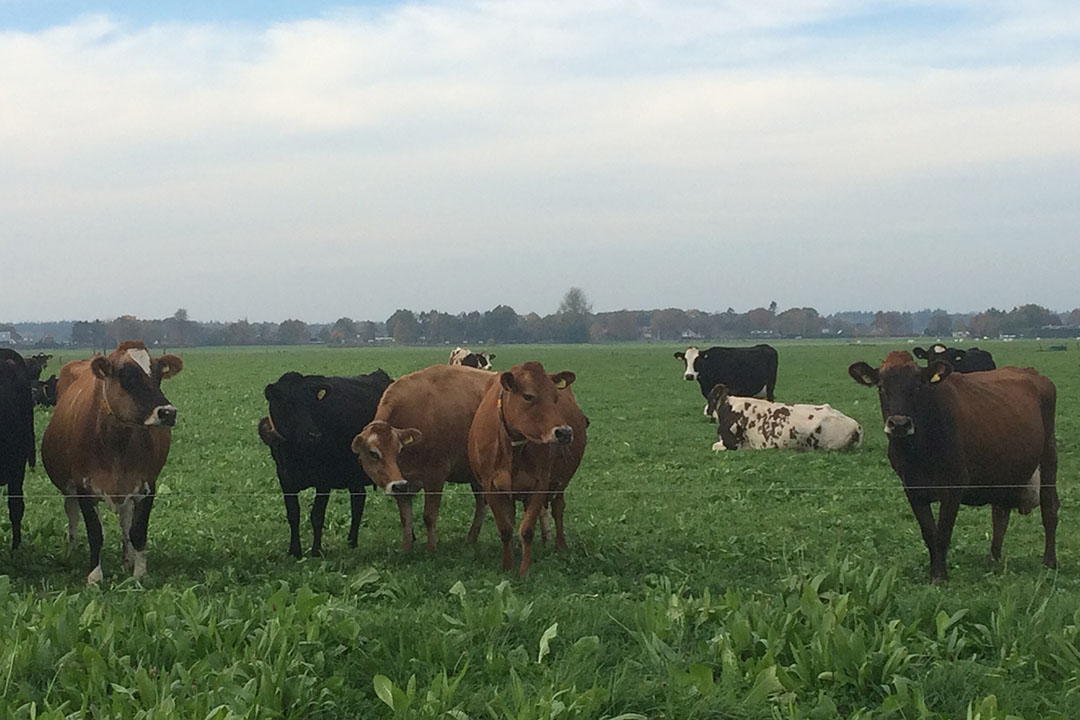
Results in large scale dairy system
Since the start of NLF in the Netherlands in 2015, around 400 farmers and 50 veterinarians have joined the activities within their large-scale dairy system. The antibiotic use for mastitis in the dairy sector used to be high, with dry cow treatment a common practice. Since 2014 a one-to-one relationship between farmers and veterinarians on the use of antibiotics was enforced by the government, with mandatory (national) registration of antibiotic use. As a result, the use of antibiotics in the total livestock production systems was reduced to around 70% compared to 2009, though the decrease is now stagnating.
In the Dutch dairy sector increased use by farmers of ready-made natural products was one of the major changes for mastitis prevention and cure. Moreover, farmers started to introduce herbs into monoculture ray-grass grasslands, as well as into cattle feed. This posed a challenge due to lack of knowledge amongst farmers and veterinarians, both about herbal grassland management and the safety of herbal products. The Dutch government has invested in the spread of knowledge on natural remedies via so-called Barn-books. Since 2018 NLF in the Netherlands has trained farmers and veterinarians on the safe use of herbal products and herbal grassland management.
Roadmap on improving milk quality
In dairy development the main focus has been on maximising cattle productivity and milk quantity. At this point in time the crisis with AMR obliges the sector to look beyond this and focus on both milk quantity and milk quality. Meanwhile, knowledge and skills about practical ways to reduce the use of antibiotics at farm level without harming cattle health and well-being are lacking.
The strategic collaboration headed by NLF has brought about a new road map on improving cattle health and milk quality. Now that proof of concept about the NLF approach is available – in both smallholder and large-scale dairy systems – it is time for upscaling the approach into mainstream dairy policies, extension and education. For this, NLF is reaching out to NGO’s, government, research institutes and funding agencies, while organising webinars, field level pilots and international exchanges.
References and author details are available on request.
Authors:
Katrien van’t Hooft, Getachew Gebru, M.N.B.Nair, N. Punniamurthy, E. Katushabe and Maria Groot, Natural Livestock Farming Foundation




